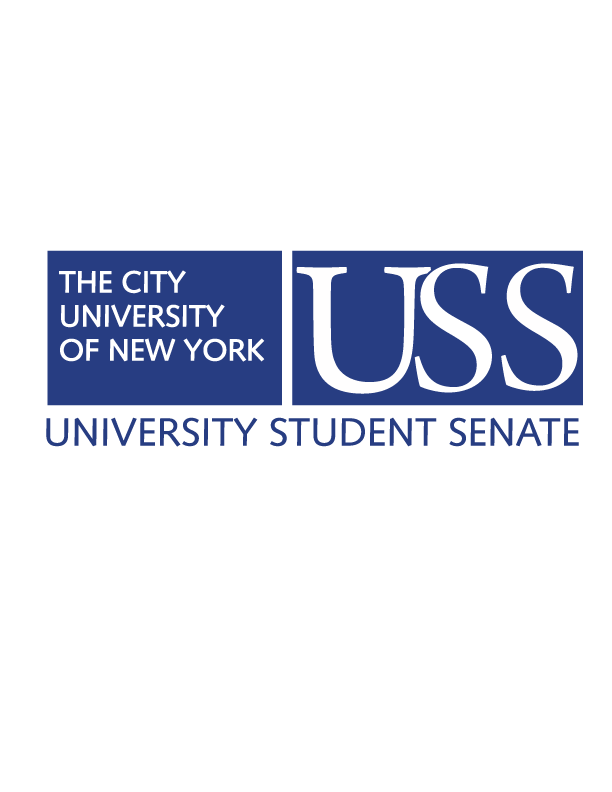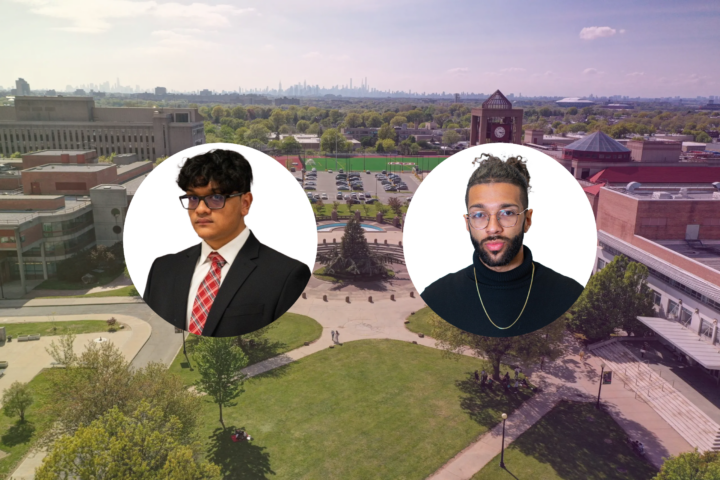I urge you to walk through the quad at Queens College and inquire to any who passes by: “How many student advocacy groups have a presence on campus?”
Further proceed to ask about their various stand-out accomplishments and notice how even the individuals who confidently listed off names of several groups will be stumped. You may or may not be surprised to learn that the vast majority of students approached lack general knowledge surrounding the organizations that are aimed to represent them. The results are not entirely shocking, but the reasons for this are complex.
Multiple factors explain why advocacy groups fail to hold much power at a school like Queens College and in a system like CUNY. There is a disconnect between the student body and the groups attempting to affect change. Commuter schools inevitably breed students who tend to care more about attending lectures and going home rather than engaging in the social/political aspects of the school. This isn’t either party’s fault, but the struggle to reach students leads to a cycle of choosing not to reach out in the expectation of getting dismissed. Although a non-profit like the New York Public Interest Research Group (NYPIRG) makes the most substantial effort to garner student attention via classroom visits, the enthusiasm they project for voting or policy change isn’t always reciprocated in the lecture hall. Maybe how these groups rally support needs a creative shift, but whether or not that innovation will finally spark interest in students is questionable.
It’s also important to analyze how successful these groups are in being able to achieve their set goals. There is no denying the difficulty in amassing attention from New York State’s governing bodies for issues that affect the affordability and accessibility of CUNY schools. Seeing progress for problems that require state or federal intervention is understandably far-fetched and strenuous, but what about the small scale problems that can be solved with the direct assistance of administration?
A group everyone should be cognizant of is The University Student Senate (USS). USS is a student government organization that works in the interest of CUNY students and lobbies for matters concerning the CUNY system. USS has a steering committee with a chairperson and nine vice-chairs including Legislative Affairs, Senior College Affairs and Fiscal Affairs, among others.
Timothy Hunter, a chairperson for USS, claims that the organization has allocated much of its time in recent years to closing the TAP gap — the difference between scholarship money and the total cost of tuition — and fighting against tuition hikes. They are also currently moving forward with plans to provide accessible feminine hygiene products in campus bathrooms, constructing new labels for bathrooms to be more inclusive for nonbinary and trans students and creating equal gender representation on the Tech Fee Committee. As respectable and necessary as these plans are, given the amount of power that has been bestowed on an organization like USS, they should have accomplished substantially more by now.
When an organization is funded by the state and student tuition, one would hope that they are asserting more influence in all the diverse committees they have created. Whether that impact is truly happening behind the scenes is unknown when the work they are doing is not publicized as frequently and widely to all CUNY schools.
This raises the question of whether reluctant progress for advocacy groups is to be blamed on the advocates running the organizations, the administration who doesn’t always want to deviate from precedents that have already been set, a tight budget, or all three. When you add the lack of concern from the student body to the equation, it’s hard to imagine advancements occurring in the speed and extent to which they should.
Student advocacy groups are an integral part of any college and especially for public schools that need all the resources these groups can fight for. But it’s up to the school’s students to engage with these groups and track their progress. When people show massive support for these groups, they are held more accountable for the work they do and are in turn taken more seriously by the administration. This leads to an increased budget, newly motivated advocates and heightened progress on various issues. These groups are attempting to do the best they can with the tools they have been given, but they can accomplish astronomically more if the students at Queens College give them the encouragement and pressure they need to succeed.














